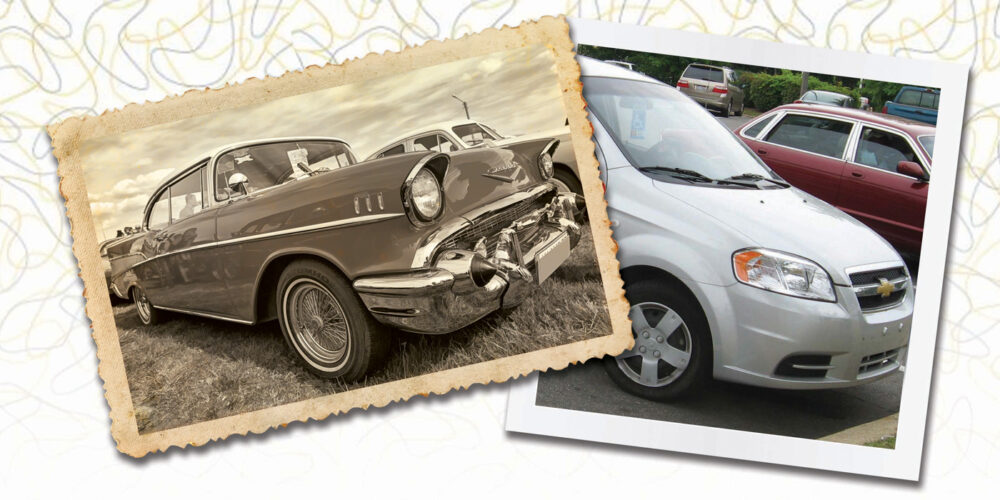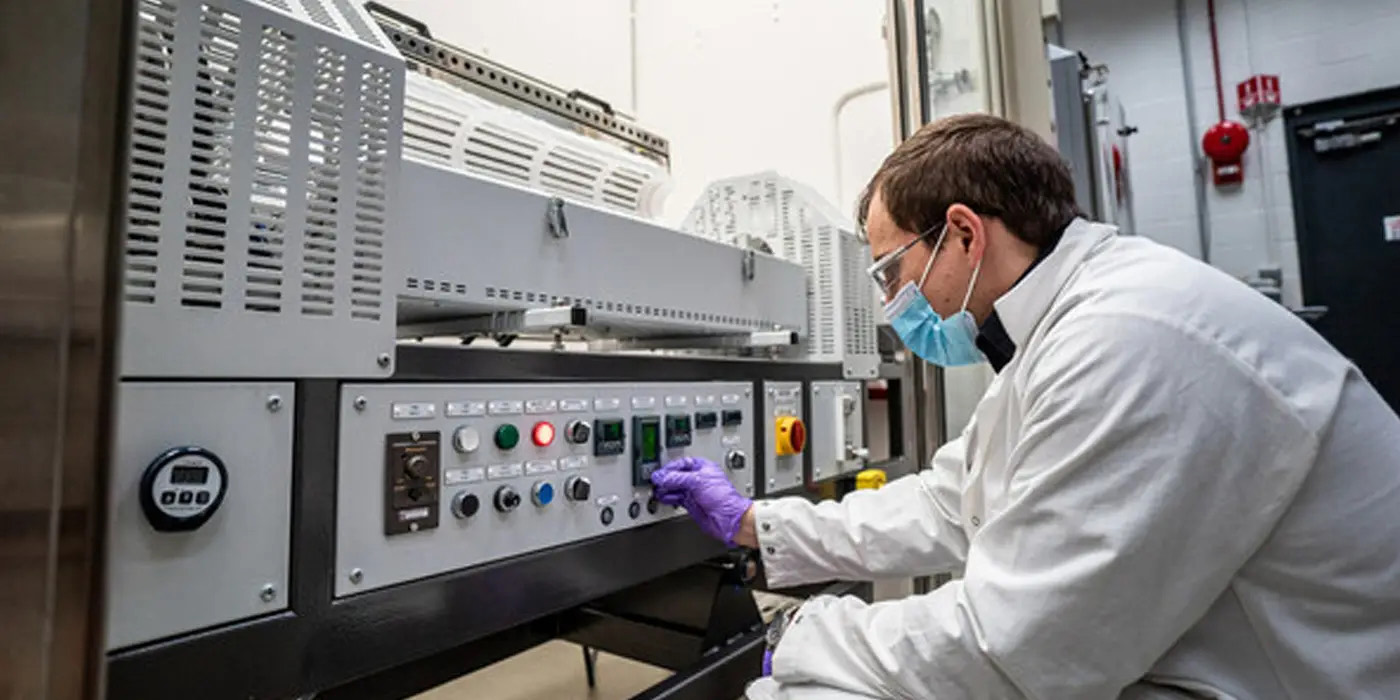All 50 states (and Washington, D.C.) have some sort of special license-plate category for historic, collectible or classic vehicles. These categories can be somewhat subjective, and individual state requirements vary, but most set a rolling date of roughly 25 years prior to the current model year to be eligible for special plates.
Many states also allow classic-vehicle owners to display authentic vintage plates from the year their vehicle was made. Motor vehicle departments across the country have recognized the historical (and monetary) value of keeping classic vehicles on the road, and as parts specialists, we should see value in them as well.
No matter if you’re into Brass Era Model Ts, tall-tailfin Cadillacs, Hemi horsepower muscle cars or air-cooled VWs, there’s still a wide assortment of reproduction and aftermarket parts available in our marketplace.
Television and streaming services bring us a wide range of motorsports, restorations, DIY-friendly repairs and custom-car builds. If you watch this sort of content regularly, you’re sure to notice product placement as well as outright advertisement for brands we all know, love and stock. Keeping in step with (and up to date on) the current trends will help you stay relevant to the kind of customer who is car-obsessed and usually looking to spend decent chunks of disposable income on their passion.
Car shows can give you a window into your local enthusiast communities, allowing you to gauge the popularity of various car cultures in your market. A high car count with a good cross-section of years, makes and modifications would indicate a healthy mix of gearheads and tuners, rodders and racers. This kind of crowd is already well-served by the breadth of merchandise most of us carry, with backup from our warehouses and DCs to cover slower-moving or specialty parts.
If the car counts are high, but the diversity of vehicles is low, your advertising and marketing should target the dominant demographics. There’s no sense in working to become the “go-to” source for speed equipment if your local customer base is primarily interested in rock crawling and offroading.
Becoming the “go-to” for ANYTHING requires knowledge, patience and the willingness to do a LOT of research. Enthusiasts likely know their vehicle as well as the parts specialist does, and often know it more intimately than many customers ever will.
Never be too proud to ask clarifying questions. Each year our catalogs include new-model information, which we must commit to our mental files for future use. Unfamiliarity with a vintage vehicle is no different than unfamiliarity with a new model or feature, except after years of experience, a customer or co-worker may be able to give us a history lesson. Older technicians and parts specialists are retiring from our industry, and there’s bound to be a gap in the knowledge base required to service and supply parts for vintage vehicles. Passing along this information now ensures that vehicles of the past will be valued well into the future.
As cars and enthusiasts continue to age, the definitions of “classic” or “collectible” will continue to evolve. Post-boomer generations will gravitate toward the vehicles of their youths, creating a nostalgic demand for vehicles that we regard today as ordinary. As the traditional classics become harder to find (and prohibitively expensive) for the average person to acquire and own, many are simply embracing the alternatives.
In Pennsylvania, an “antique vehicle” must be at least 25 years old, but a “classic” only needs to be 15 years old to qualify for a special license plate. In the Keystone State, a well-maintained 2007 Chevy Aveo now could technically be considered a “classic,” and Aunt Karen’s beige 1997 Camry is now a legitimate “antique!” No offense if you’re really invested in your Aveo or Camry, but I hope it never comes to that!













